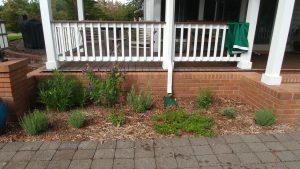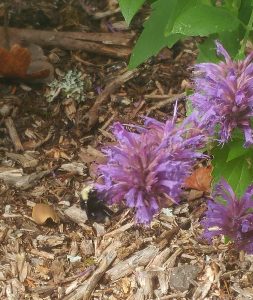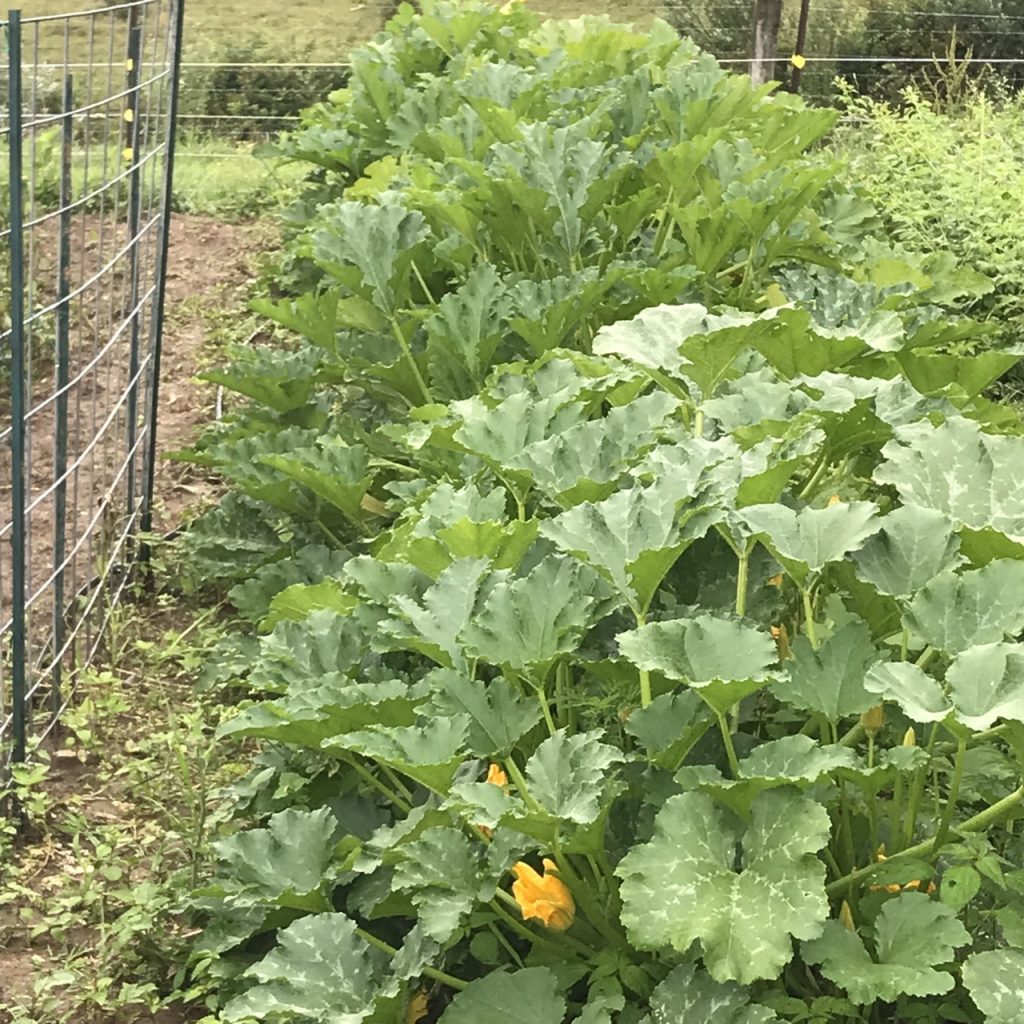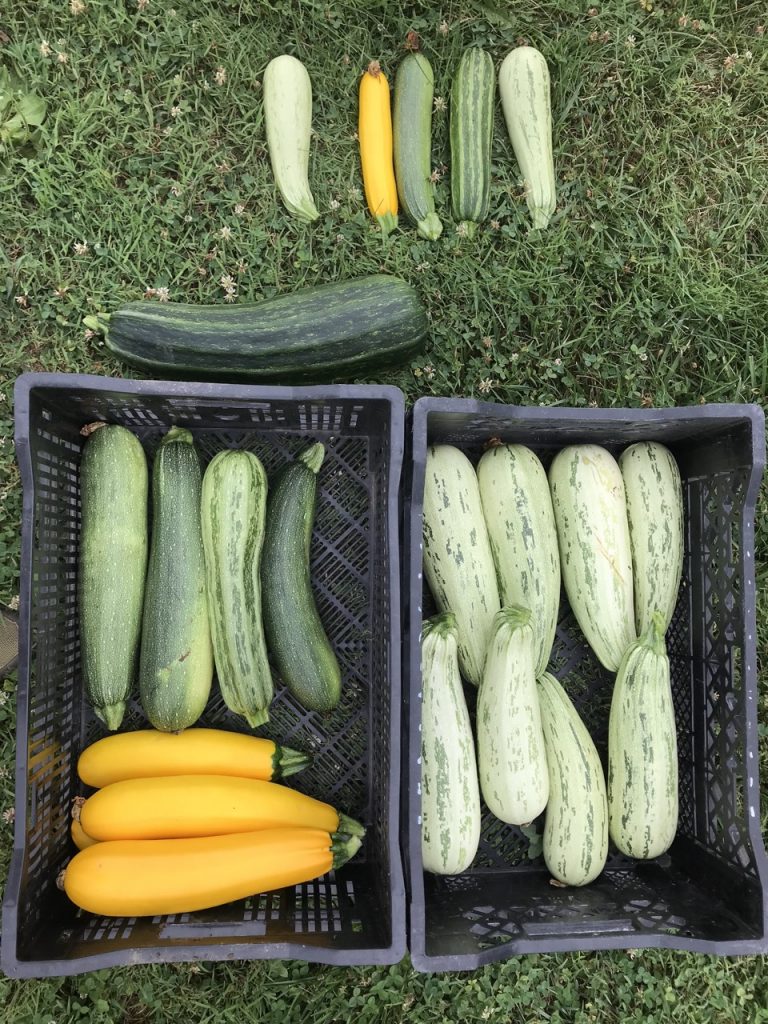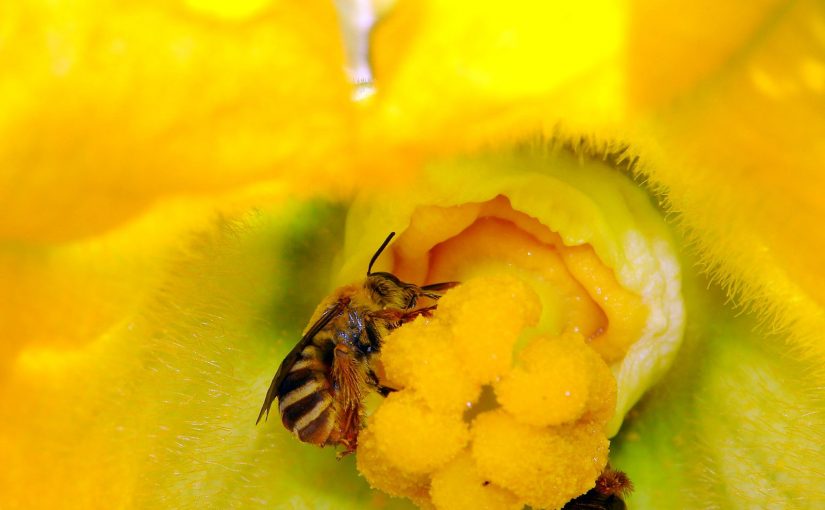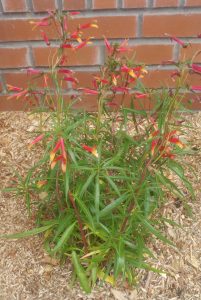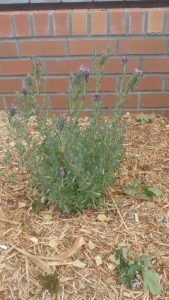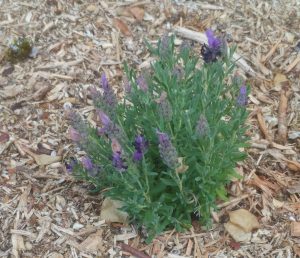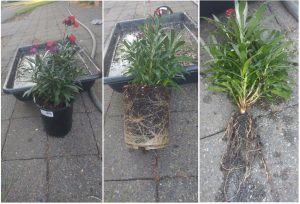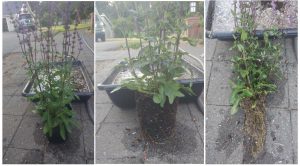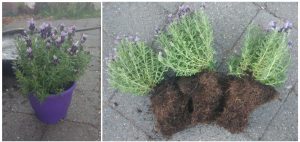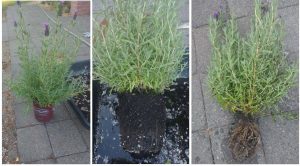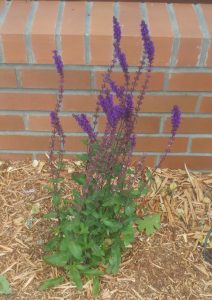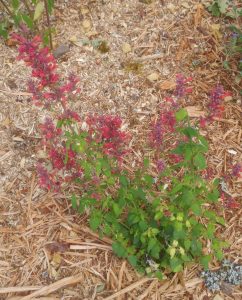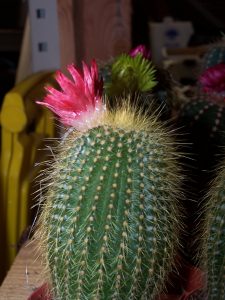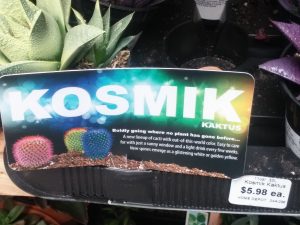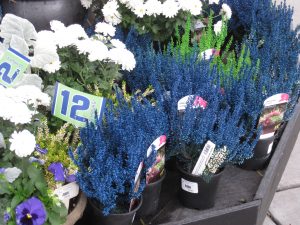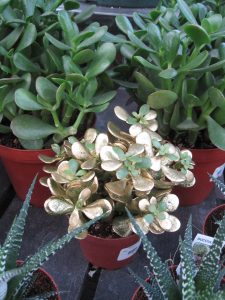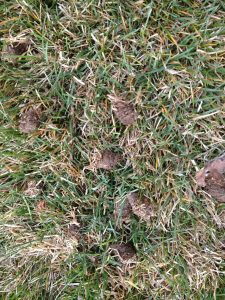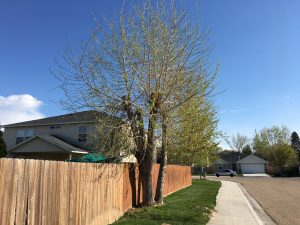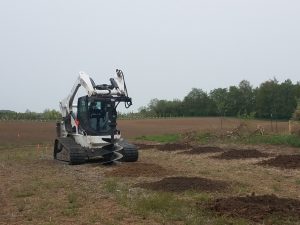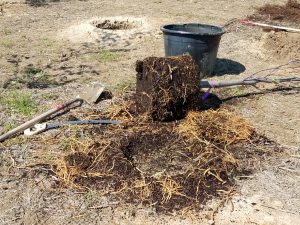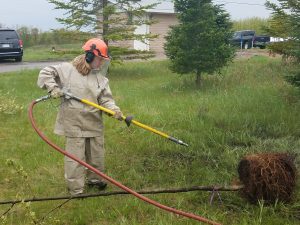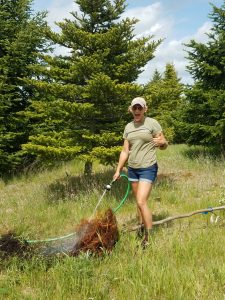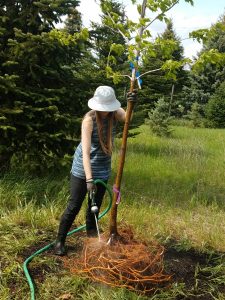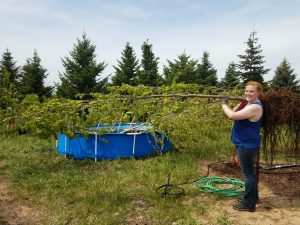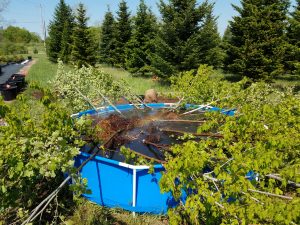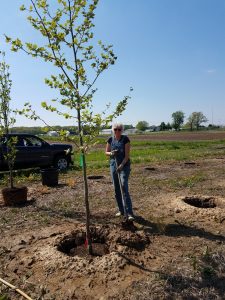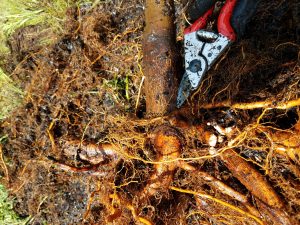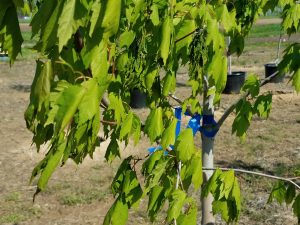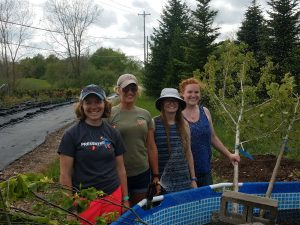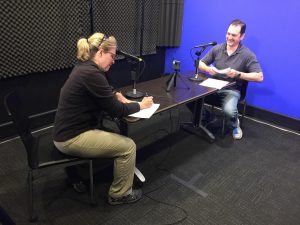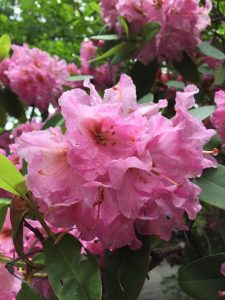
In the 1960s, author and future Cosmopolitan magazine Editor Helen Gurley Brown scandalized the country with her book about independent single women called “Sex and the Single Girl.” Taking a page from Ms. Brown, we can have a discussion about “Sex and the Single Squash.” Here, we can talk about plant floral structure and reproduction and its effect on fruit production and even seed saving. A true discussion of the “birds and the bees” if you will. This is especially important in the vegetable and fruit realm, since reproduction is why we get tomatoes, peppers, apples, plums and such in the first place. It also is important for producing seeds, as those arise from the reproductive process as well.
Whether you knew it or not, flowers are not just different in appearance from plant to plant, but the ways in which they are pollinated and turn into fruit are different as well.
Some plants have what are called “perfect” flowers where both male and female parts are present, such as roses, apples and dandelions. In a way of speaking, you could say that these flowers are hermaphroditic. These flowers may or may not be self-pollinated. Depending on species genetics, some plants can self-fertilize (like tomatoes and beans) and others require cross-pollination (like apples).
Other flowers are “incomplete,” meaning that they have separate male and female flowers. Some plants with “incomplete” flowers are called dioecious (Greek, meaning “two households”), and have distinct male and female plants such as ginkgo trees, holly bushes and kiwi vines. Some “incomplete” plants are monoecious and have distinct but separate male and female flowers on one plant — like squash, cucumbers and corn.
So, here’s where the vegetable garden comes in — one of the questions that I get every year without fail has something to do with why most of the flowers on a squash or cucumber or other cucurbit (that’s what we call plants in this family) plant do not produce fruit.
There are a few explanations – high heat causing aborted flowers or fruits or improper pollination, absence of pollinators, or, most likely, the fact that some of those flowers were never going to set fruit because they were male. In answer, I have to explain that about half or more of the flowers on the plant are male and are, unfortunately, anatomically incapable of producing fruit.
There are a few ways to tell male and female flowers apart when it comes to members of the cucurbit family.
First, look at the base of the flower. If the base is swollen and looks like it is a tiny version of the mature fruit, then it is a female flower.
If the base is just a straight stem (in flowers, this stem is called a peduncle), then it is a male flower.
The second method is to look inside the flower. If there is one large central structure, called the pistil, that indicates the flower is female.
Male flowers will have several, smaller stamens inside. Female flowers also tend to be larger than male flowers.

In the world of the single, available female squash blossom, life revolves around attracting honey and other native bees that have also recently visited male flowers to assure pollen transfer.
All members of the cucurbit family require this pollination tango to make sure that the female flowers produce fruit.
Each species and even variety of squash have a different ratio of male to female flowers. The ratio is usually about 1-to-1, but it is not unusual to see varieties with many more males than females.
Many of the plants also produce an abundance of male flowers early in the season, sort of as a teaser to make sure bees are attracted to the plant later on to pollinate the female plants.
So if a majority of flowers die early in the season without setting fruit, or about half of the flowers die throughout the season, there is nothing to worry about.
If female flowers are dying throughout the season without producing fruit, though, there is a definite problem. This means that there are no bees available to pollinate the plants.
If fruits have shrunken parts or misshapen, then there could be an issue of incomplete pollination from not having bees around. This could result from not having enough food for them in the area to encourage their presence, or from weather being too cool or wet for bees to get out and pollinate.
The lack of bees could also be the result of improper use of pesticides in the area.
If it seems like the birds and the bees aren’t happening in your garden, there are ways that you can ensure fruitfulness by taking matters into your own hands.
Transferring pollen from male flowers to female flowers can be accomplished using a small artist’s paintbrush or by simply pulling off a male flower and using it to apply pollen directly.
Gardeners who want to save seeds from plants in this family should also pollinate flowers by hand, and actually go so far as to protect the female flower from outside pollen using some sort of cover.
In fact, this method is often used by plant breeders or those who want to save seeds of crops that easily cross-pollinate. Hand pollination followed by bagging the flower to keep pollen or pollinators away to avoid accidental unwanted pollen is often used to produce.
Believe it or not, several members of the squash family that look or taste nothing alike are the same species and can cross-pollinate. For example: Zucchini, summer squash, pumpkins, scallop squash, decorative gourds and acorn squash are all in the species Cucurbita pepo and can cross with each other.
A few years ago, one of my Master Gardeners came up to me at the end of a meeting and asked me what was wrong with her zucchini. She handed me an object roughly the shape of a zucchini, only a bit larger and splotched with orange. She had saved the seeds from the year before.
I immediately answered that her zucchini had crossed with a pumpkin. Both of these plants are the same species and can easily cross pollinate. Even if you don’t have pumpkins in your garden, bees can travel 2 miles or more in search of food. So she was left with what I would call a Puccini.
Easy cross-pollination of varieties is why the most common heirloom crop varieties you’ll find are tomatoes and beans. Both of these crops have closed flowers that help resist cross-pollination.
They are most likely to be self-fertile, meaning that the flower will pollinate itself without outside assistance. This helps the plant breed true — so next year you end up with something that’s roughly the same as what you had this year. These plants can be just a few feet away from a different variety and they will not cross pollinate.
If you want to save something that is bee-pollinated, like your squash, pumpkins or cucumbers, you might want to do the brush and bag technique. Otherwise you might end up with a surprise in the garden next year.
The heirloom varieties that we often save are open pollinated, meaning that when they cross with themselves their genetics are relatively stable and you won’t see a lot of difference from year to year. (There will still be some difference, so if you save seeds for a long time you can end up with your own strain of a variety suited to your garden and location.)
Hybrids, on the other hand, have less stable genetics than the open pollinated varieties. With the way genetics work, some of those offspring will have traits of the mother plant, some will favor the father and some will be similar to the plant you are trying to save (and some might look like the milkman).
When seed companies sell hybrid varieties, they have to maintain a population of the mother plant and father plant to cross them every year to get the specific hybrid variety.
While the results of saving seeds from hybrids will be unpredictable, it can also be fun. My friend, plant breeder Joseph Tychonievich, points out in his talks and his book, “Plant Breeding for the Home Gardener,” that you can save the seeds from plants most closely resembling the desired plant over several years.
Just keep planting your selected seeds and harvesting the closest one to what you want. After about three or four years, you can end up with a relatively stable, perhaps even open-pollinated variety, that is your very own based on that hybrid variety you love.
And if you end up with a cross-pollination, either purposeful or accidental, you won’t see a difference in the fruit from this growing season (except maybe in corn, but that’s another story) Those changes won’t be apparent until you grow out the seeds you saved. So you won’t know until next year if you have one of those pucchinis.
And don’t forget: If you do have an overabundance of male squash flowers, they are edible too. You can put them in a casserole, fry them, stuff them, and more.


